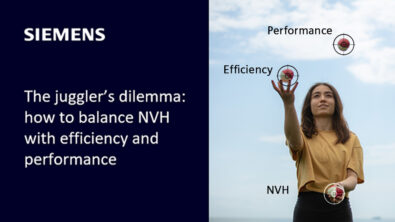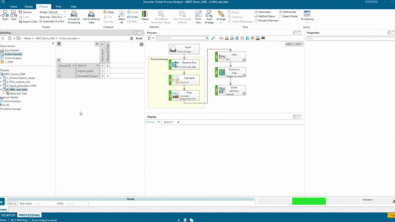Simcenter Testlab 2206: new functionalities for NVH testing
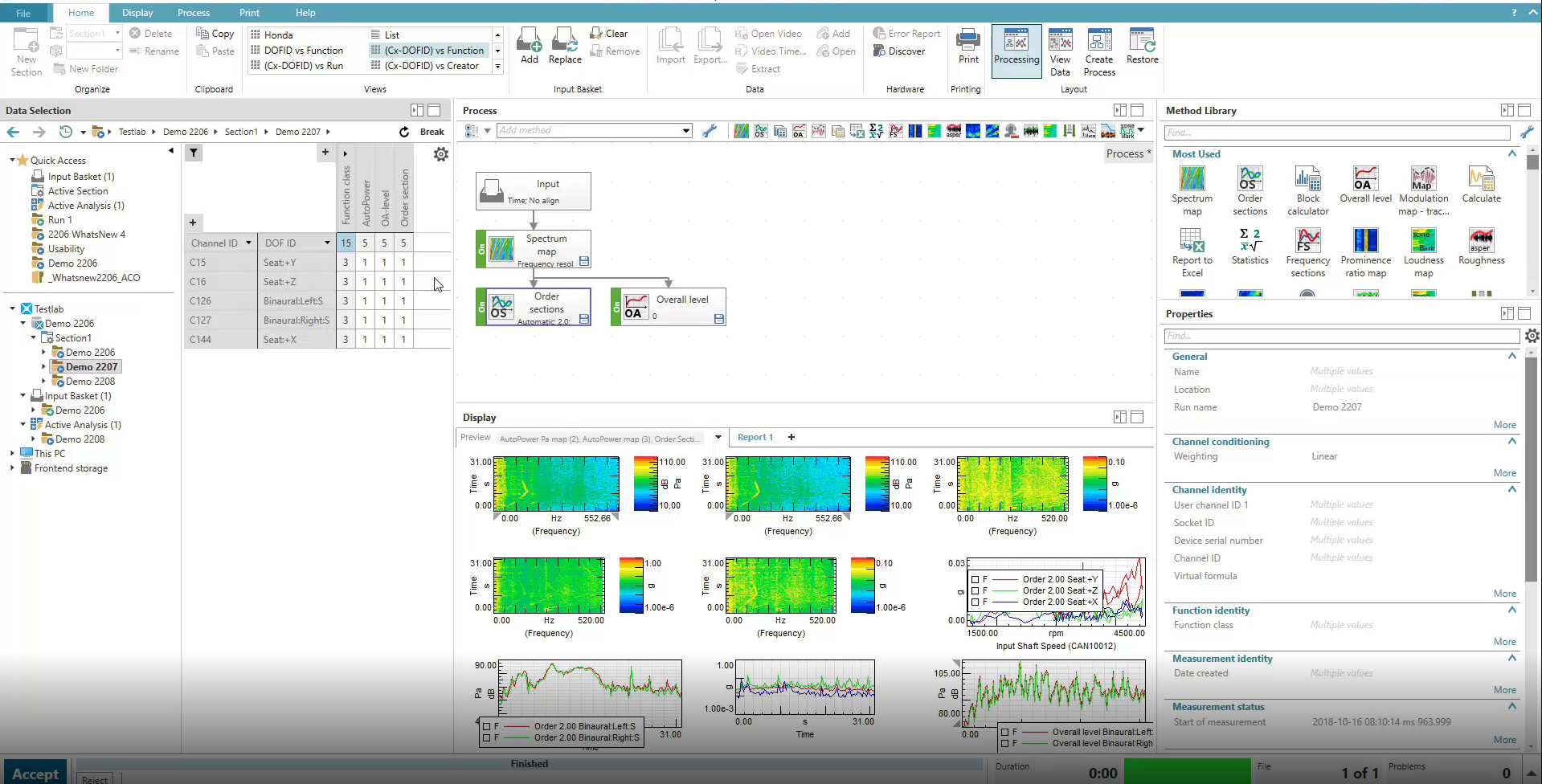
Summer is over and days are getting shorter… Do you need a bit of cheer up? Let’s take a break from e-mail sorting and go together through the new Simcenter Testlab Neo functionalities that will make your NVH performance evaluation go faster.
You might already know Process Designer for its ability to intuitively process and visualize any data type like noise and vibration curves, for example. Just as a reminder, have a look at the video below to see how you can go from time data to spectrum map and order section or overall level in a few clicks:
New for NVH testing
The good news is: the new software release Simcenter Testlab 2206 is available, and it comes with brand-new features that will make your data analysis even more efficient!
The new Simcenter Testlab Neo release comes with extra features in process designer. Do you want to track the frequency of the highest peak in your waterfall? The standard deviation of the strain at each tracking point during a run-up? The statistic method has been greatly enhanced and can be connected to any map to extract frame statistics.

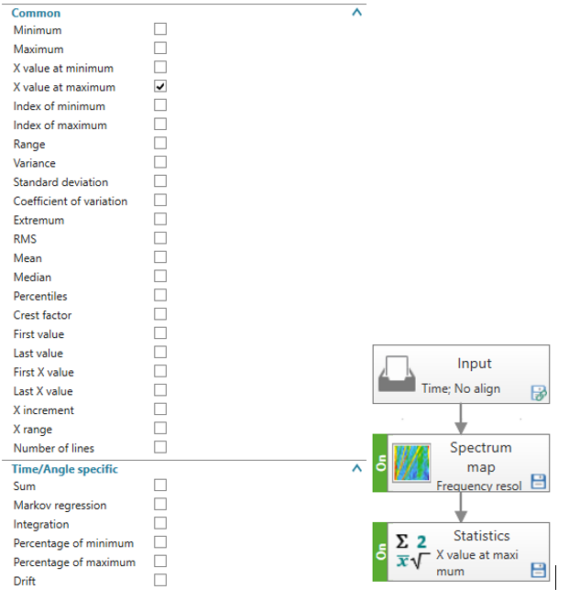
If you are working on rotating machinery, Simcenter Testlab Neo process designer provides a complete set of solutions for rpm calculation from zebra tape to encoder wheel with missing or double pulse. In the new release, you can also combine it with the calculation of angle maps. And if you need to track the angular position of a pressure peak from your compressor or your combustion engine, the frame statistic calculation is also possible on the angle map!
Next to that, the 2206 release of Simcenter Testlab Neo opens the door to multiple operations on block data. This allows you to push the analysis a step further with the calculation of the vector sum order of triax accelerometers, the average of multiple microphones (for example a right and left ear overall level), and calculate the envelopes
Do you want to compare different machines and create a procedure that can assess the pleasantness of sounds? This can also be done with the block calculator. You can calculate different psychoacoustic metrics and combine them in one final user-defined index shown below:
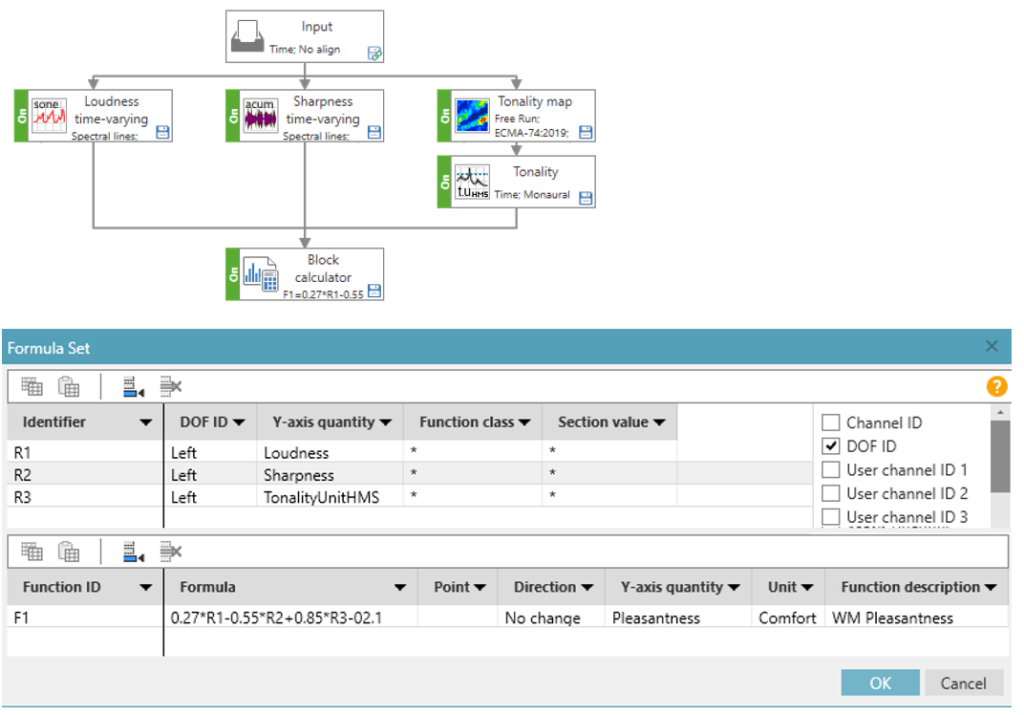
Let’s talk about Sound quality
What is your favorite metric? The tonality to quantify the strength of a dominant motor order? Roughness to calculate the modulation of your gearbox? Loudness to identify which of the components contributes most to the cabin noise? Sharpness for wind noise? Fluctuation strength for rattle? All these are available as methods in Process Designer.

Whatever structure you are studying, being a gearbox, an electric motor, or an e-bike, you will certainly want to get your own subjective feeling of the sound. Audio replay in Simcenter Testlab Neo allows an easy replay and track switching between multiple samples.

For further subjective analysis, you can also interactively define sets of filters: Order, frequency, low or high pass, notch… But also, user-defined filter based on any FRF input.
Do you want to save the result of your interactive filter? The filtered trace can be saved as a new run for further processing and sharing.

In a world where product complexity is growing, together with the need to save development costs, efficiency is key. Simcenter Testlab Neo brings the processing capability one step further to ensure a smooth data validation, analysis, and reporting journey.

